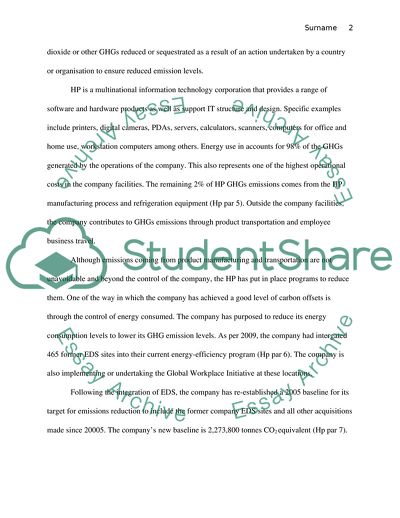Cite this document
(Hewlett-Packard Company which Involved in Carbon Trading Research Paper, n.d.)
Hewlett-Packard Company which Involved in Carbon Trading Research Paper. https://studentshare.org/technology/1763583-carbon-trading
Hewlett-Packard Company which Involved in Carbon Trading Research Paper. https://studentshare.org/technology/1763583-carbon-trading
(Hewlett-Packard Company Which Involved in Carbon Trading Research Paper)
Hewlett-Packard Company Which Involved in Carbon Trading Research Paper. https://studentshare.org/technology/1763583-carbon-trading.
Hewlett-Packard Company Which Involved in Carbon Trading Research Paper. https://studentshare.org/technology/1763583-carbon-trading.
“Hewlett-Packard Company Which Involved in Carbon Trading Research Paper”. https://studentshare.org/technology/1763583-carbon-trading.


